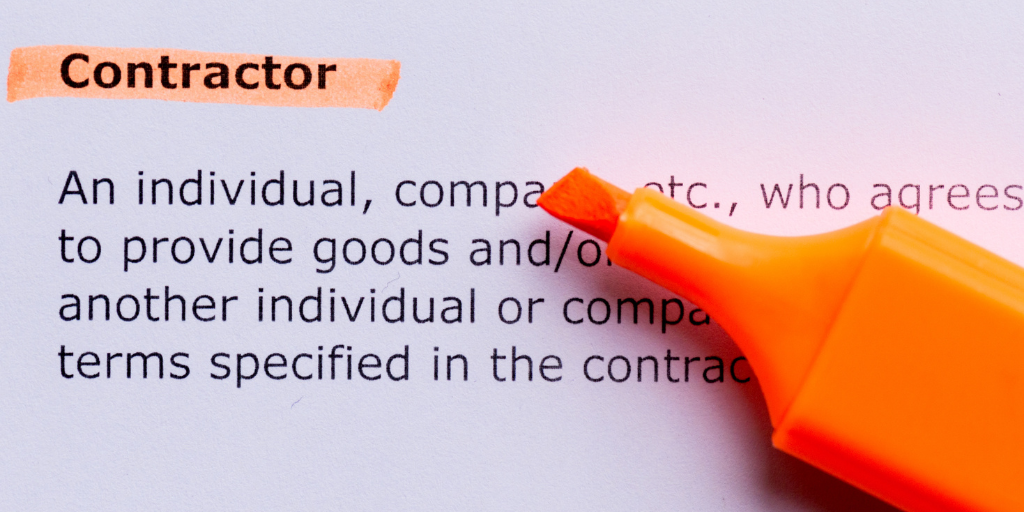
As U.S. companies struggle to recruit, hire, and retain talent, more businesses are turning to independent contractors instead of full-time employees. But understanding the difference between an employee and an independent contractor can be complex.
Getting it right is critical because misclassifying workers – intentionally or not – can result in penalties including, but not limited to, fines and back taxes. If the IRS believes a misclassification was intentional, there’s also the possibility of criminal and civil penalties.
There’s no single test at the federal level to determine a worker’s classification. Studies show that 10% to 20% of employers misclassify at least one employee. At its most basic level, the question boils down to this: Is the worker an employee or an independent contractor?
What the IRS Says
The IRS defines an independent contractor as someone who performs work for someone else while controlling how the work is done. The Internal Revenue Code defines an employee for employment tax purposes as “any individual who, under the usual common-law rules, applicable in determining the employer-employee relationship, has the status of an employee.”
Under this test, an individual is classified in one of the two buckets after examining relevant facts and circumstances and an application of common law principles. The IRS analyzes the evidence of the degree of control and independence through three overarching categories:
No one factor stands alone in making this determination and the relevant factors will vary depending on the facts and circumstances.
If it is still unclear whether a worker is an employee or an independent contractor after reviewing the three categories of evidence, file Form SS-8, Determination of Worker Status for Purposes of Federal Employment Taxes and Income Tax Withholding, with the IRS. The form may be filed by either the business or the worker, and the IRS will review the facts and circumstances and officially determine the worker’s status.
The IRS cautions it can take at least six months to get a determination.
Penalties for Misclassifying
If the misclassification was unintentional, the employer faces, at a minimum, the following penalties:
If the IRS suspects fraud or intentional misconduct, it can impose additional fines and penalties. The employer could be subject to criminal penalties of up to $10,000 per misclassified worker and one year in prison. In addition, the person responsible for withholding taxes could also be held personally liable for any uncollected tax.
Tips for Employers
Take pre-emptive steps to avoid worker misclassification issues by:
Remember, a worker’s classification may be different under the Fair Labor Standards Act than under various state laws, the National Labor Relations Act, and/or the Internal Revenue Code. Workers who are properly classified as independent contractors under one state’s test may not be properly classified under another’s.
Employers should ensure proper classification of their workers and remain cognizant of and comply with applicable state and local laws, which may be different from federal law.
Does your organization need help classifying or ensuring your workers are classified correctly? Contact our team today!
Receive Free financial tips & Tax Alerts!
"*" indicates required fields
Businesses usually want to delay recognition of taxable income into future years and accelerate deductions into the current year. But when is it wise to do the opposite? And why…
Navigating the realm of capital gains and optimizing tax outcomes require strategic thinking and informed decision-making. Understanding and employing effective capital gains tax strategies is crucial for businesses contemplating asset…
If your business doesn’t already have a retirement plan, it might be a good time to take the plunge. Current retirement plan rules allow for significant tax-deductible contributions. For example,…